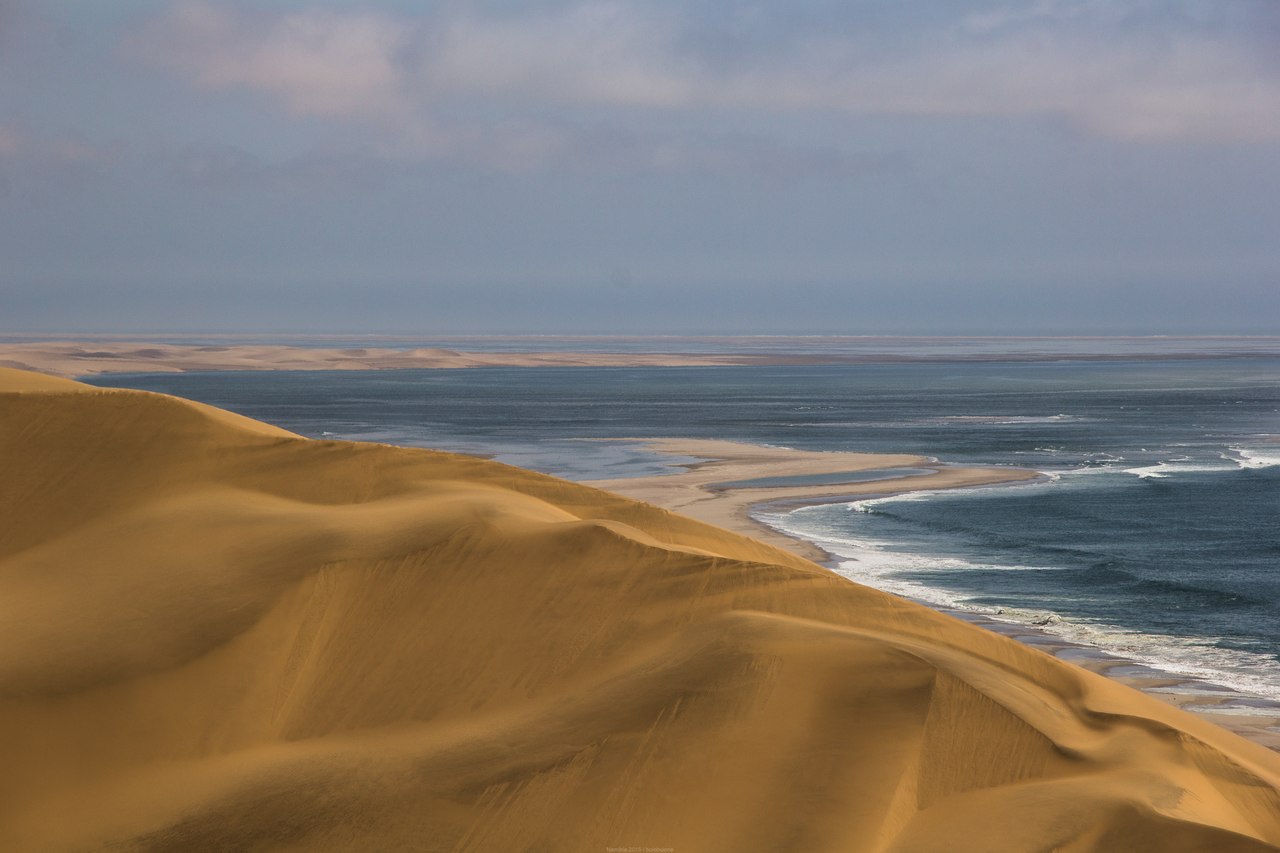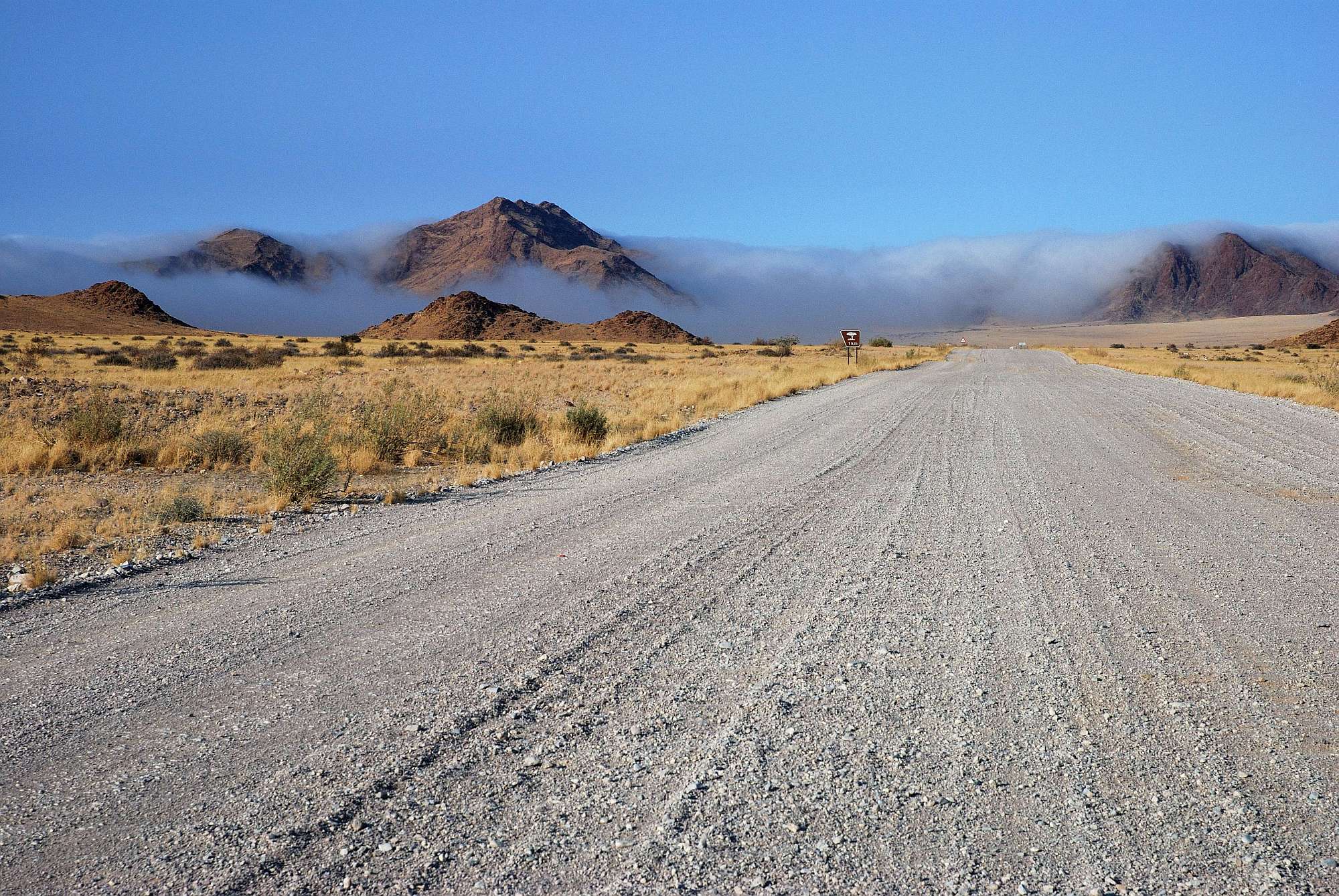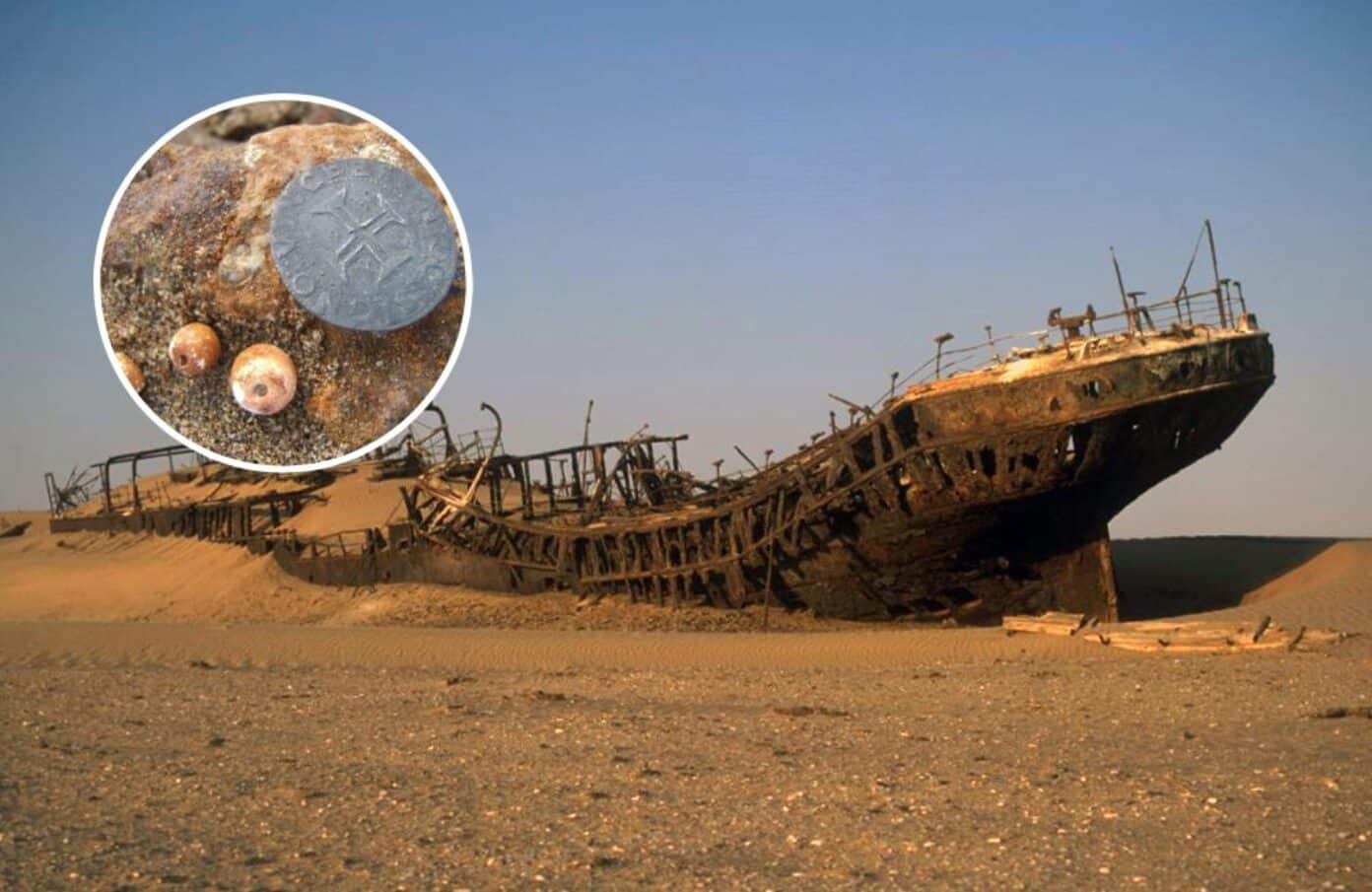All around the world, coastlines are very popular areas. From Alexandria in Egypt, to Cape Town in South Africa. From Lagos in Nigeria to Mombasa in Kenya. From Casablanca in Morocco to Dar es Salaam in Tanzania. All these places are tourist attractions for foreigners, as well as residential areas for the locals. For that matter, then, they are densely populated areas. This is because so many economic activities can be carried out in that region, such as fishing, tourism or maritime trading.
However, Namibia is an exception to the norm. The Namibian coastline is, ironically, the emptiest part of the country, having an average population density of 0 people per square kilometre (yes, zero!!). The Coastline is actually considered to be the most remote place in the country. Everyone in Namibia lives deep in the interior of the country. Not that they are equally distributed either. They are also sparsely populated, but that’s a story for another day.
It is interesting to note that the Namibian coastline is covered by the Namib desert, which runs from Southern Angola, all through Namibia, and ends at North-Western South Africa; a distance of 2,000km. The conditions of the desert have been influenced by two winds which blow from the oceans and converge there. We shall discuss them below:
- The South-Easterly Trade Winds generally blow across Southern Africa from the Indian Ocean, but first, they blow across the Drakensberg Mountains in South Africa, where they lose most of their moisture at the slopes. Next, they blow across the Great Escarpment and the Central Plateau in South Africa. By the time they reach Namibia, then, these winds are very hot and dry. Thus, they are responsible for these hot and dry conditions in the Namib desert/coastline.
- On the other side of the Atlantic, there exists the Benguela Currents, which are cold and humid ocean currents which blow northwards from the Cape Point. But when they encounter the hot and dry South Easterly Trade Winds in the Namib Desert, they are forced to move beneath them. This means that, instead of ending up at higher altitudes where they’ll condense and fall as rainfall, these cold and humid winds just become low-dense clouds that become fog.

Photo: Namib sand sea Credit: Wikipedia
The Namib Desert, and thus, the Namibia Coastline in extension, is therefore one of the foggiest locations in the world. The coastline even goes further to experience as much as 180 days a year of dense fog conditions, making it one of the most dangerous places in the world for sailors to travel along.

Photo: Thick morning fog rolls in from the ocean Credit: Wikipedia
Ships that get lost and confused in the fog have been crashing here, and it is estimated that, by today, there are hundreds (or thousands) of shipwrecks from different historical eras that litter the foggy coastline. The oldest of the shipwrecks was a Portuguese ship known as the ‘Bom Jesus’. Sailing from Portugal to India in the year 1533, it was pulled to the shore by a storm, where the hull hit a rock and split into two. It’s important to note that the shipwreck was only discovered in the year 2008, more than 450 years later.

Photo of Bom Jesus Credit: Public Domain
The youngest of the shipwrecks was a Japanese fishing vessel known as the ‘MVF Fukuseki Maru’ which ran aground in the year 2018. The crew had gone fishing just 2km off the coastline, when their ship also hit a rock and got stuck. Luckily, all 24 members of the crew were rescued.
The most famous shipwreck, however, is that of the ‘Dunedin Star’, a British cargo ship, in the year 1942. The ship was leaving Liverpool, England for Egypt. Its intended route was the North Atlantic, through South Africa, Somalia and finally Egypt (the Eastern side). However, the ship lost course and ended at the south-western side of Africa.
It was sailing just 8km off the coast, when it hit a huge reef known as the Clan Alpine Shoal and began having problems. The captain decided to dock the ship on the shore, but then it got stuck just 500m from the shore. They sent out 63 out of the 105 people aboard the ship on a boat to the shore, then the boat got stuck and couldn’t leave the shore. Therefore, the other 42 people had to wait for help from South Africa and Namibia. The rescue mission took a whole month, whereby an aircraft and a tug boat were ruined, and two of the rescue crew died. All the people aboard the ship were, however, safely rescued.

Photo of Dunedin Star Credit: Wikipedia
Based on this event, British reporter John Henry Marsh went on to write a book known as the ‘Skeleton Coast’, detailing the shipwreck. The book became so popular upon publishing, that the Namibian coastline earned the name ‘The Skeleton Coast’. It is important to note that the indigenous San people call the area, ‘the land that God made in anger’ while the Portuguese refer to the area as ‘The Gates of Hell’.
What makes it worse, is that there isn’t any human habitation nearby. Therefore, when these ships wreck, search and rescue operations are usually hard to carry out.
Additionally, the Namibian coastline has no good natural harbors to choose from when considering the location to build a port. The whole coast is also exposed to the furies of the South Atlantic.
There are only 2 towns on the entire skeleton coast – Lüderitz and Walvis Bay. Lüderitz is shallow and the bottom is full of rocks, which makes it not a good option for container vessels. That leaves Walvis Bay as the only actual usable natural deep harbor, along the entire skeleton coast, and that’s why it’s Namibia’s actual port, and the second-largest city after the capital, Windhoek.
Namibia has the 10th longest coastline but it functions as a completely land-locked country. This is because the Namib desert and the Skeleton Coast are a huge barrier between the people in the interior and the ocean.
Despite all this, the Skeleton Coast has a greater variety of species than many other parks in Southern Africa. Large mammals include Namibia's famous desert-adapted elephant, black rhino, lion, cheetah, giraffe, gemsbok, zebra, springbok and spotted and brown hyena, which are found in the dry river beds which flow from the interior of Namibia, through the Namib Desert to the Skeleton Coast. The unique ecosystem has given life to the most unusual plants. For example, the strange ‘Elephant’s Foot’ plant anchors itself in rock crevices while desert succulents like lithops, look exactly like pebbles until a tiny yellow flower emerges.
I’d love to visit the region, but I hope I don’t end up in a shipwreck too.
Today in African History

Desert Detente: Egypt Libya's 1977 Prisoner Swap
In 1977, after a short but intense 4-day conflict, Egypt and Libya exchanged prisoners of war, leading to a reduction in tensions in North Africa. This diplomatic warming of relations was a rare instance of reconciliation between Anwar Sadat's Egypt and Muammar Gaddafi's Libya. However, despite this, Gaddafi maintained troops at the border, serving as a reminder that in this political arena, even peace is accompanied by a degree of caution.
Join the Lughayangu Community!

